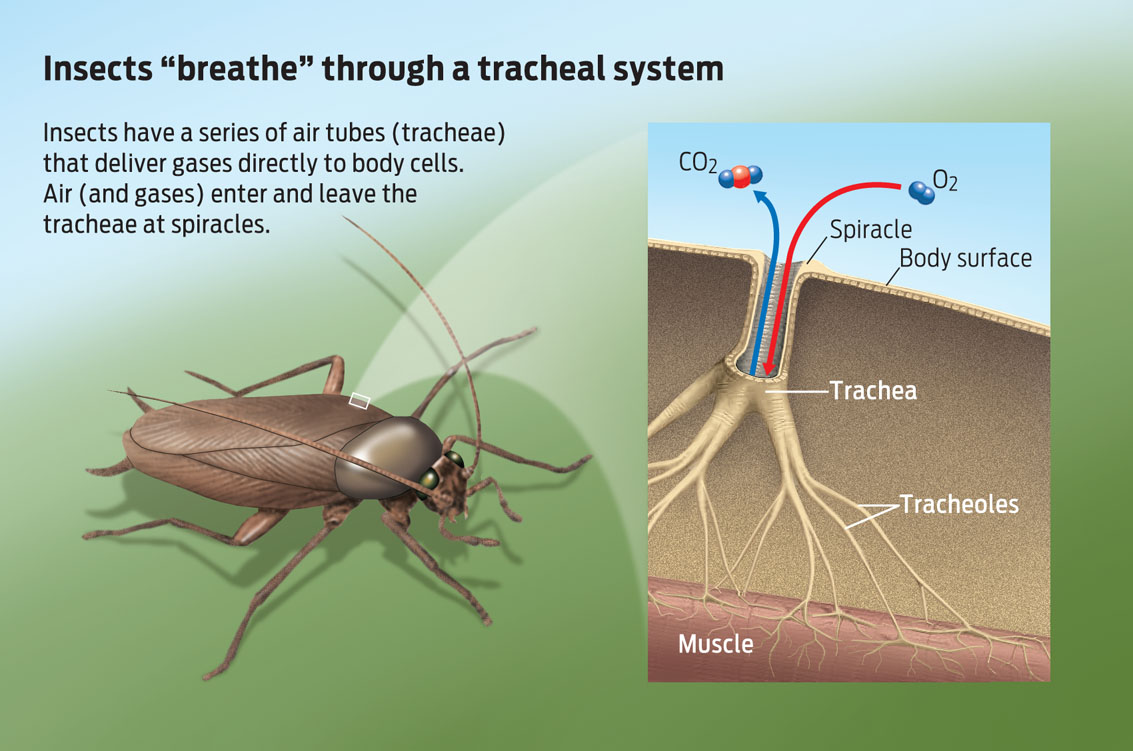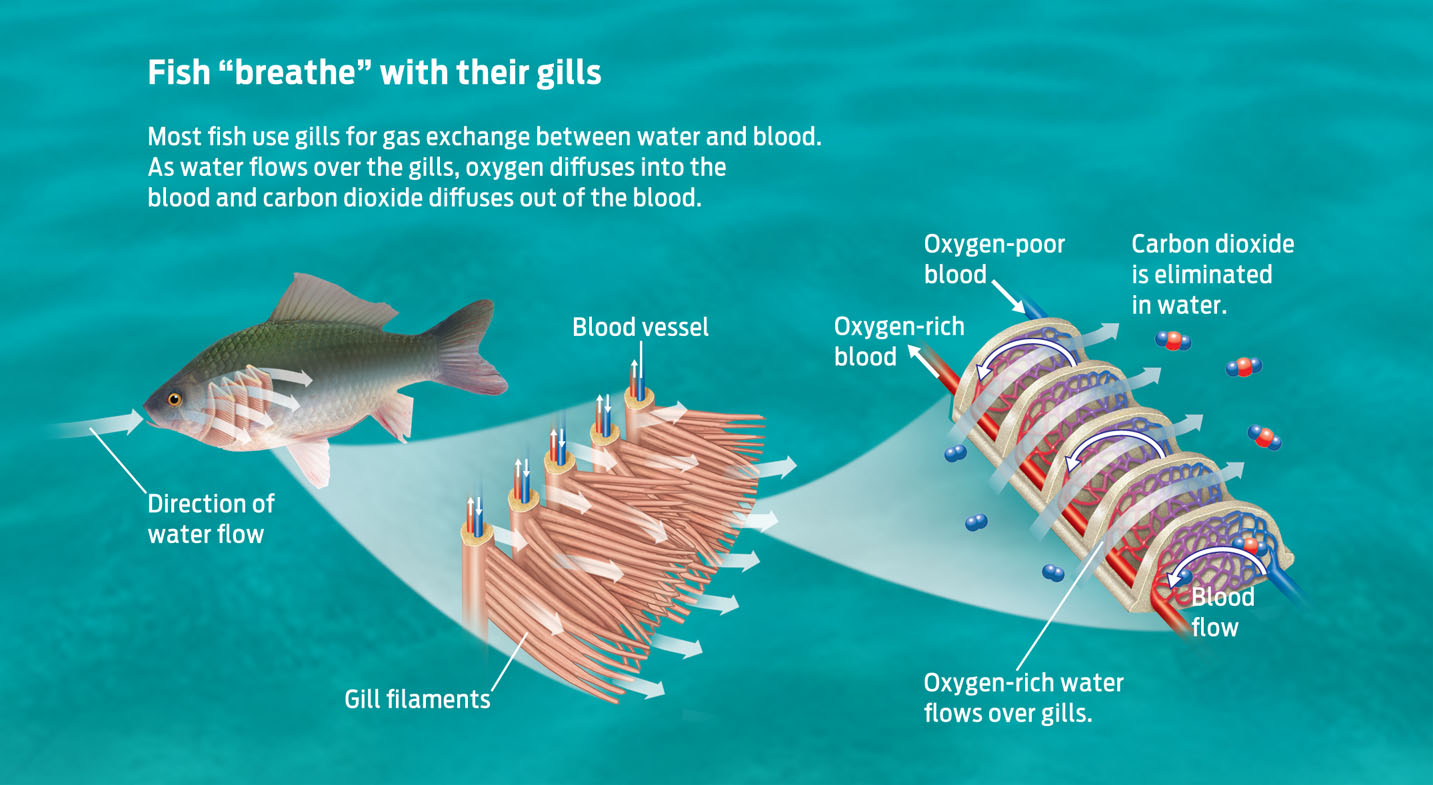HIGH-TECH DOPING?
ERYTHROPOIETIN (EPO) A hormone that stimulates red blood cell production.
When an athlete (or anyone) spends time at altitude, his or her kidneys respond by secreting a hormone called erythropoietin (EPO), which stimulates RBC production in the bone marrow. By producing more RBCs—including, within a single cell, hundreds of thousands of hemoglobin molecules—the body increases its ability to absorb and transport oxygen. This is a natural process, which goes on any time the body needs to make more RBCs—for example, after blood loss from a wound.
Because there is such a clear relationship between the concentration of RBCs in the blood and the ability to perform aerobic exercise, many athletes in elite sports in the past resorted to blood doping—artificially increasing the concentration of RBCs in their blood by undergoing blood transfusions or by injecting themselves with synthetic EPO (INFOGRAPHIC 28.9).
Erythropoietin (EPO) stimulates the production of red blood cells in the bone marrow. After EPO treatment, more immature red blood cells are detectable, and maximum oxygen uptake is enhanced.

The International Olympic Committee officially banned blood doping by transfusion in 1986 and by EPO in 1990. However, the difficulty in testing made enforcement difficult. (Since EPO is a natural hormone, testing for its presence in the blood is not enough to indicate doping.)
Blood doping became endemic in cycling and caused a major scandal in 1998, when it was discovered that many cyclists were using EPO. That scandal led to the formation of the World Anti-Doping Agency (WADA) in 1999, which has worked to develop tighter and more effective testing programs. One way the agency tests for doping is to measure the percentage of RBCs in the blood; a value over 50% is generally considered evidence of doping, and is grounds for disqualification.

Of course, for testing to be effective, it has to be done systematically and rigorously. Cyclist and seven-time Tour de France winner Lance Armstrong, who admitted to doping and had his titles stripped in 2012, managed to avoid being tested numerous times by simply not answering the door when testers arrived, according to the testimony of his fellow cyclists.
There was speculation during the 2008 Olympics in Beijing that Phelps was doping—how else to account for his superhuman performance, eight gold medals in eight events—but repeated tests proved that he was clean.
Unlike doping with EPO, the use of hypoxic chambers is not currently banned by WADA. Even though the underlying goal of blood doping and the use of hypoxic chambers is the same—increasing the production of RBCs—leaders in the sporting world have so far deemed the use of such chambers a variation on natural training regimens. So for now, it is not illegal to use them. However, it does raise the question of whether is it ethically proper or goes against the spirit of sport.
Controversy surrounding the use of hypoxic chambers reached fever pitch in 2006, when WADA announced that it planned to include these devices on its list of banned substances and methods. However, backlash from athletes, coaches, and sports scientists in the end pressured the agency to reconsider its decision. “It doesn’t mean we approve it,” said Dick Pound, head of WADA, at the time.
Part of WADA’s concern was safety. Blood doping with EPO can have dangerous side effects, including abnormal blot clots and stroke. As EPO doping literally thickens the blood by increasing the concentration of red blood cells, the heart has to work harder to pump it, and the thickened blood is more likely to cause a blockage in a vessel. A few athlete deaths have been attributed to the practice. But spokes-people on the other side countered that using hypoxic tents is really no different from using common “live high, train low” methods, and it would be impossible to try to regulate that practice.
Is it fair that some athletes—especially those with lucrative sponsorships, such as Phelps—can afford to buy a hypoxic tent for $7,000–$10,000, while other athletes—especially those from poorer countries—cannot?

Then there were questions of ethics. Is it fair that some athletes—especially those with lucrative sponsorships, such as Phelps—can afford to buy a hypoxic tent for $7,000–$10,000, while other athletes—especially those from poorer countries—cannot?
As Wilber notes, “You’re not going to find altitude houses or chambers in South Sudan, or a majority of the countries in the world, but yet in the U.S. or Finland or China, yeah, you’re going to find them there. And you’re going to find elite athletes using them.”
Ethical or not, it is easy to see the appeal of such practices among elite athletes. When fractions of a second can mean the difference between winning gold and coming in fourth, every little ounce of help can matter a great deal. This is a dilemma that Phelps knows all too well, having lost to South African swimmer Chad le Clos by less than a quarter of a second in the 200-m butterfly at the 2012 Summer Games in London. Even with the potential added advantage of a few more RBCs, he was still not able to capture the gold in that race, having to settle instead for silver.
But the swimmer isn’t complaining. After all, he’s won more Olympic medals than anyone in history, and is recognized as one of the greatest athletes of all time. He says that 2012 will be his last Olympic Games. Maybe now he can retire his bubble as well. 
FOR COMPARISON How Do Creatures Without Lungs “Breathe”?
| FOR COMPARISON | How Do Creatures Without Lungs “Breathe”? |
TRACHEAL SYSTEM A series of air-filled tubes in insects that deliver air to cells.

In humans and other mammals, the lungs are the primary sites of gas exchange—where oxygen is picked up and carbon dioxide is dropped off. But not all animals have lungs, or any kind of centrally located respiratory surface. Insects, for example, have a vast network of air-filled tubes that bring in air from the body surface to individual cells. This system of air tubes is known as a tracheal system. The individual tubes are called tracheae. Each trachea is an inner extension (that is, an invagination) of the body surface. The opening to the air (at the body surface) is called a spiracle. The spiracles are adjustable, to balance the intake of air and the loss of water, and to keep out dust. The tracheae branch into smaller and smaller tubes, resulting in a highly branched network that brings air very close to every cell in the body. Oxygen and carbon dioxide diffuse directly from the air tubes to the body cells, which means there is no need for a circulatory system to shuttle gases to and from cells.
In a process similar to lung ventilation, some insects generate air flow with their tracheal system by compressing and expanding their body wall. This action changes the volume and pressure of the air tubes and pushes air through the tracheal system.

GILLS The gas exchange surface in fish.
Lungs are specialized structures for extracting gases from air. Not surprisingly, most fish do not have lungs. Instead they have gills—delicate tissues that allow the fish to extract oxygen from water. As water flows over gills, oxygen diffuses directly into the blood and is carried through the body. Fish move water over their gills in a one-way direction. Water enters through the mouth, is forced over the gills, and then leaves the gill compartment by passing the gill cover (the operculum). In most fish, the opening and closing of the mouth and coordination of the opening of the operculum is sufficient to force water over the gills. Some large and active fish, such as tuna, instead use “ram ventilation” to keep water moving over their gills. In this case, they swim with their mouths wide open, and the force of their movement through the water keeps water moving over their gills. The more water they can move over their gills, the more oxygen they can extract from the water, and the more oxygen can be carried to cells for use in cellular respiration. Since water is the fish’s source of oxygen, a fish out of water will die.